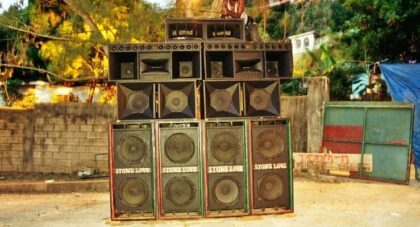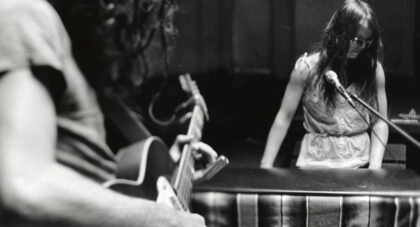As Bob Dylan's swampy and haunted classic Oh Mercy turns 30 years old, producer and musician Daniel Lanois reflects on the strange magic he helped create in New Orleans, driven by a willingness to explore seemingly contradictory spaces: "I wanted to make sure that that the music was trying to destroy the singer at the same time as support him . . .
Only the good shit. Aquarium Drunkard is powered by its patrons. Keep the servers humming and help us continue doing it by pledging your support.
To continue reading, become a member or log in.


